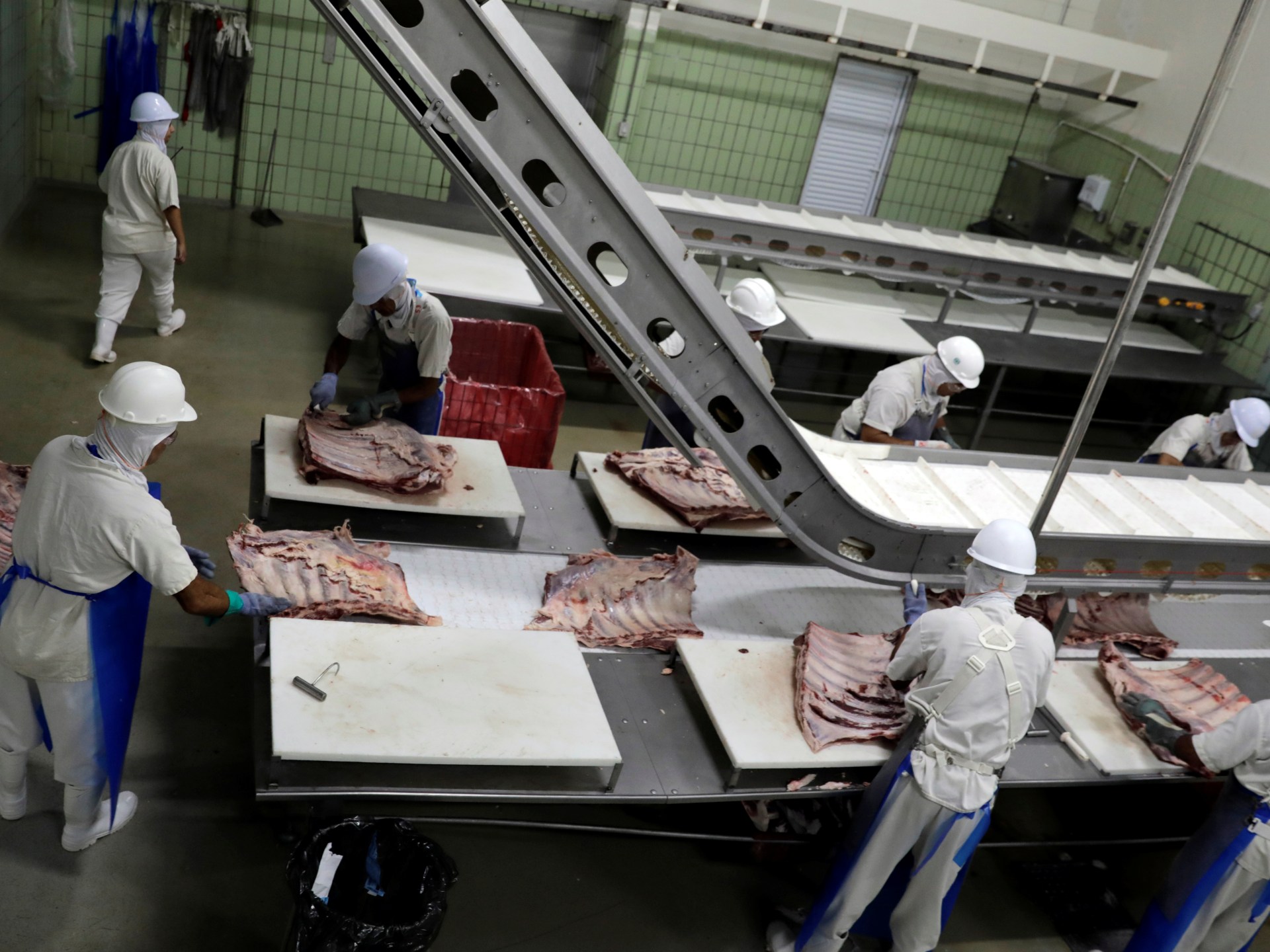The tennis world is abuzz as Iga Swiatek, the reigning world No. 1, shared her observations about the playing conditions at the China Open. This comes on the heels of comments made by American player Coco Gauff, which have sparked discussions on various aspects of the tournament environment. As the China Open continues to attract top talent and a global audience, understanding these insights can enhance appreciation for the sport and its competitive nuances.
Understanding the China Open
The China Open is one of the premier tennis tournaments on the ATP and WTA tours, held annually in Beijing. Established in 2004, it has evolved into a key event in the tennis calendar, attracting elite players from around the globe to compete for a significant prize purse and valuable ranking points. The tournament is known for its high-energy atmosphere, state-of-the-art facilities, and a passionate fan base, making it a key stop for players looking to solidify their standings ahead of the latter part of the season.
Historical Context
Since its inception, the China Open has played a pivotal role in promoting tennis in China and Asia as a whole. The tournament has seen numerous champions, including the likes of Novak Djokovic, Serena Williams, and Maria Sharapova. The event’s expansion reflects the growing popularity of tennis in the region, drawing increasing numbers of spectators and media coverage each year.
Conditions That Matter
Conditions at a tournament can greatly influence player performance. Factors such as court surface, altitude, humidity, and even temperature can impact how players serve, rally, and strategize during matches. In recent years, discussions around these elements have become more pronounced, especially as players advocate for greater awareness of how they affect play.
Iga Swiatek’s Perspective
Iga Swiatek’s comments regarding the conditions at the China Open reflect a growing concern among players about the impact of environmental factors on their game. Swiatek noted that she experienced noticeable changes that could affect how matches unfold. Players at this level are incredibly attuned to their surroundings, and even minor shifts in conditions can lead to significant differences in performance.
Swiatek elaborated on her observations, suggesting that the altitude in Beijing may create a unique playing experience. The thinner air often seen at higher altitudes can lead to faster ball speeds and altered spin dynamics. As athletes prepare for matches, these elements can be crucial in determining their strategies on the court.
Coco Gauff’s Influence
Coco Gauff, another rising star in women’s tennis, recently made headlines for her candid remarks about the conditions at the China Open. Gauff’s comments resonated with many in the tennis community, highlighting the shared experiences and challenges faced by players. Her insights have encouraged discussion among peers, prompting players like Swiatek to reflect on their own experiences.
Gauff emphasized the importance of adapting to different surfaces and climates, which she believes is essential for success at any tournament. This perspective aligns with Swiatek’s observations, illustrating how the two athletes are navigating similar challenges in their careers.
The Importance of Player Feedback
As the sport evolves, player feedback becomes increasingly important in shaping tournament experiences. The insights shared by Swiatek and Gauff not only underscore the players’ perspectives but also highlight the need for tournament organizers to consider these factors when planning events.
Elevating the Tournament Experience
For fans and organizers, understanding the nuances of player experiences can enhance the overall tournament atmosphere. When players feel that their concerns are being acknowledged, it creates a more respectful and dynamic environment. This, in turn, can lead to higher levels of competition and more thrilling matches for spectators.
Tournament organizers can use this feedback to improve facilities and conditions, ensuring that they meet the needs of the players. For example, adjustments in court maintenance, hydration stations, and player lounges can all contribute to creating a better experience for competitors.
Adaptability as a Key Skill
Both Swiatek and Gauff exemplify the attribute of adaptability, which is essential for success in professional sports. Players must continuously adjust to varying conditions, whether it be during a match or across different tournaments. This adaptability is often what separates the great players from the rest.
For instance, a player accustomed to hard courts may struggle when transitioning to clay or grass surfaces. Thus, understanding the playing conditions, like those observed by Swiatek and Gauff, can be a significant advantage.
The Role of Technology in Analyzing Conditions
Modern technology plays a crucial role in how players prepare for matches. Advanced analytics and data collection methods allow athletes to understand court conditions better, enabling them to tailor their training regimens accordingly.
Wearable Technology
Wearable technology has become increasingly common among professional athletes. Devices that monitor heart rate, motion, and exertion levels provide players with real-time feedback that can inform their strategies and preparations. This data can be used to adjust training loads and recovery protocols to suit specific tournament conditions.
Court Surface Analysis
Additionally, players often study the court surface before a tournament. The type of hard court used at the China Open may differ from other tournaments, altering how the ball bounces and responds. By analyzing these factors, players can adapt their gameplay to optimize performance.
Final Thoughts
As the China Open progresses, the observations made by Iga Swiatek following Coco Gauff’s comments serve as a reminder of the intricate relationship between players and the conditions they face. These discussions contribute to a deeper understanding of the sport, offering fans and aspiring players insight into the complexities of competitive tennis.
By emphasizing the significance of player feedback and adaptability, the sport can continue to evolve, ensuring that it remains dynamic and engaging for both players and fans alike.
FAQs
Q: What are the main factors that affect playing conditions in tennis tournaments?
A: Key factors include court surface (hard, clay, grass), altitude, humidity, temperature, and even wind conditions. Each of these elements can affect ball speed, bounce, and player comfort.
Q: Why is player feedback important in tennis?
A: Player feedback helps tournament organizers understand the players’ experiences and challenges, allowing for improvements in tournament conditions and overall player satisfaction.
Q: How does altitude affect tennis play?
A: Higher altitudes result in thinner air, which can lead to faster ball speeds and changes in spin dynamics, requiring players to adapt their strategies accordingly.
Q: What can fans learn from player experiences like those of Swiatek and Gauff?
A: Fans can gain a greater appreciation for the physical and mental challenges players face, as well as the importance of adaptability in sports. Understanding these challenges enhances the viewing experience.
Q: How do players prepare for different conditions at tournaments?
A: Players often engage in practice sessions that simulate expected conditions, study their opponents’ playing styles, and develop strategies tailored to the specific environment they will be competing in.
Q: What role does technology play in modern tennis?
A: Technology helps players analyze court conditions, monitor performance, and adjust strategies. Wearable devices and data analytics have become vital tools for athletes aiming to optimize their performance under varying conditions.
In conclusion, as players like Iga Swiatek and Coco Gauff navigate the complexities of tournaments like the China Open, their insights highlight the evolving nature of tennis and the importance of understanding how conditions can shape the game. By fostering a deeper connection between players and the circumstances they face, the sport can continue to grow in popularity and prominence on the world stage.


